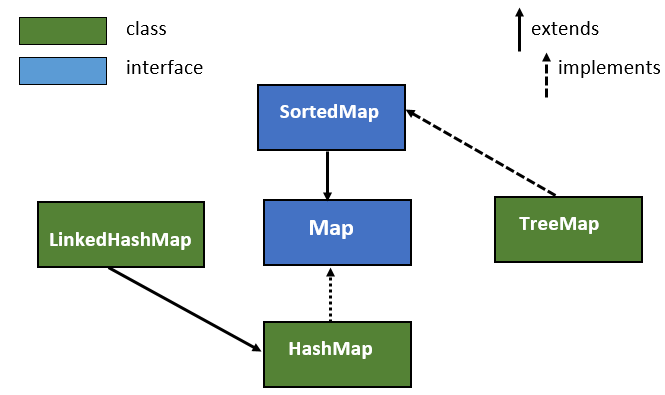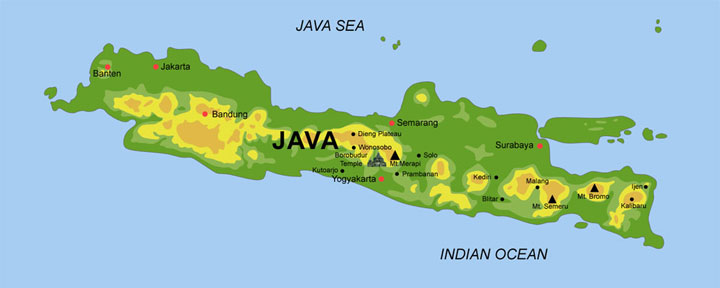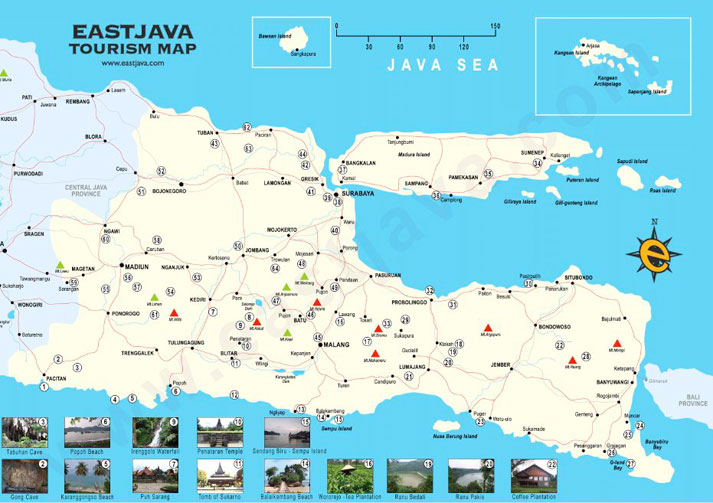Why Map In Java. Overview The difference between Map and HashMap is that the first one is an interface, and the second is an implementation. The hierarchy of Java Map is given below: A Map doesn't allow duplicate keys, but you can have duplicate values. An object that maps keys to values. Therefore it behaves a bit differently from the rest of the collection types. However, in this article, we'll dig a bit deeper and explain why interfaces are useful. Java HashMap In the ArrayList chapter, you learned that Arrays store items as an ordered collection, and you have to access them with an index number ( int type).

Why Map In Java. An object that maps keys to values. The hierarchy of Java Map is given below: A Map doesn't allow duplicate keys, but you can have duplicate values. And that will throw an NPE when Unboxing from Integer to int. However, in this article, we'll dig a bit deeper and explain why interfaces are useful. No two entries can have the same key, which makes it possible to search for the key and always return a unique value. First, next time give us a complete runnable example, along with a main() method. Why Map In Java.
A map cannot contain duplicate keys; each key can map to at most one value.
The level of risk due to high winds, flooding rain, surge, and tornado.
Why Map In Java. The Map interface includes methods for basic operations (such as put, get, remove, containsKey, containsValue, size, and empty ), bulk operations (such as putAll and clear ), and collection views (such as keySet, entrySet, and values ). Complete Java course: https://codingwithjohn.thinkific.com/courses/java-for-beginnersMaps and HashMaps in Java can be so confusing when you're first starting. It is used to insert, update, remove the elements. It allows to store the null keys as well, but there should be only one null key object and there can be any number of null values. Overview In this tutorial, we'll learn about various ways of initializing a HashMap in Java. It models the mathematical function abstraction.
Why Map In Java.









